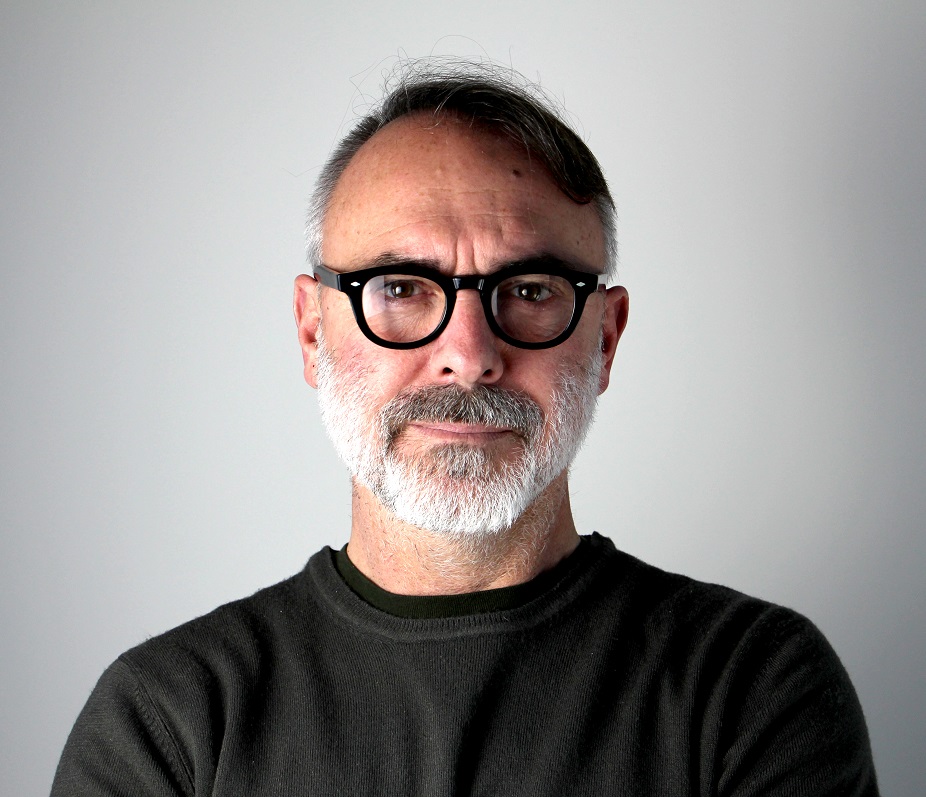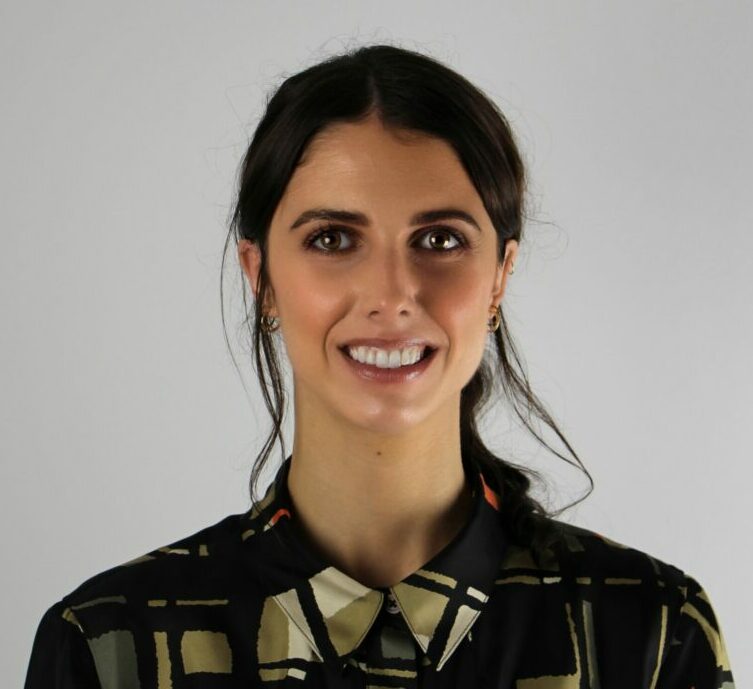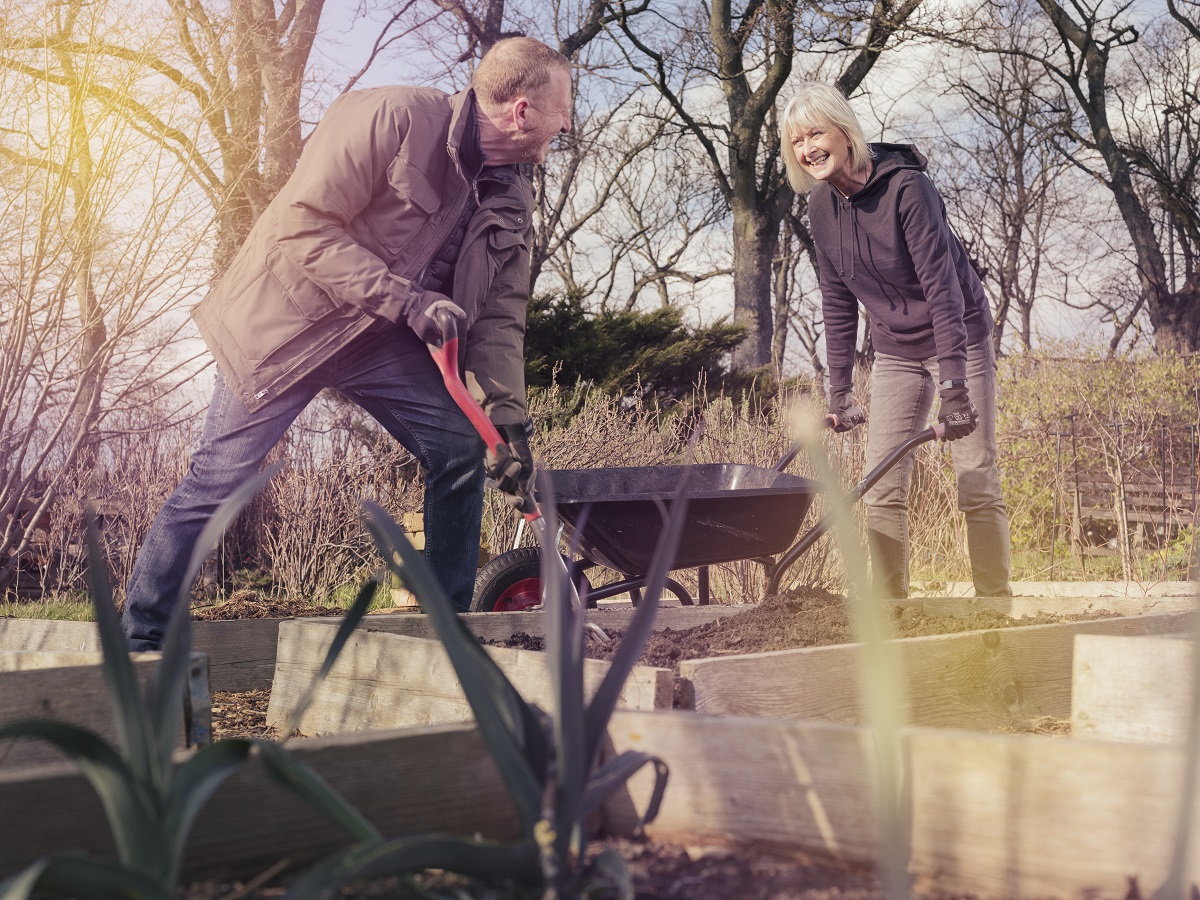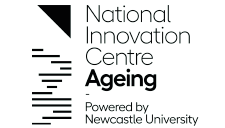We’re living longer. For the first time in history, there are more older people than children in many countries like Italy, Germany, and Japan.
An ageing population presents fantastic opportunities for businesses across the region to develop technology which can support people, across the life-course, to age well.
We sat down with Nic Palmarini, Director of the UK’s National Innovation Centre for Ageing (NICA), and Jessica Dawes, NICA’s Internet of Caring Things (IoCT) Programme Manager, to discuss their new programme’s mission in the North of Tyne.
What is the mission of the Internet of Caring Things?
NP: The current definition of Age Tech is too functional and narrow – mainly related to the healthcare space. Through our work at NICA, we have learnt that there are many factors that aren’t strictly health related, which influence our process of ageing. More and more, the science suggests that factors like lifestyle, climate, stress levels, work environment, commuting can all have a big impact. That’s when we started to explore the idea of creating the Internet of Caring Things, a network of connected objects and cognitive systems with a clear mission: to actively care for people and what matters to them. For example, one of the main causes of hospitalisation for older adults is falling at home. We already have Age Tech like smart watches, which measure falls and call emergency numbers. However, once you fall, you have fallen. We are looking at why a person falls and how we can prevent falls in the first place.
IoCT’s ambition is to create a new class of approach, using technology to understand how people are feeling, and from this feeling understand if we can help them live a healthier and longer life. Machine learning logic can aggregate data to show correlations between things that at first glance appear to be completely disconnected.
Ultimately, we aim to validate the concept that what you care about, cures you.

Nic Palmarini, Director of the UK’s National Innovation Centre for Ageing (NICA)
How will North of Tyne residents benefit?
JD: Social impact underpins everything within the programme. We want to give a voice to the community and ensure that we engage with the residents of the North of Tyne. Yes, it’s about economic growth and development, but it’s also about doing social good and improving the health and wellbeing of the people who live and work in the North of the Tyne.
As part of this programme, we’re recruiting a Community Manager who will manage the engagement with citizens from across the North of Tyne and ensure that the products and services that come out of this project address unmet needs and provide value to the end user. We will involve citizens from the very beginning by setting up advisory groups, so we can codesign and codevelop products and de-risk the innovation process for businesses. This involves taking residents on that journey with us through VOICE®.
Embedded within NICA, VOICE® is an international network of citizens who contribute their insights, experience, ideas and vision to identify unmet needs and opportunities, drive innovation for ageing and improve health research.
NP: In addition, accessibility is very important to us. We understand that a lot of connected objects and devices are very expensive, so we have to avoid adding to the gap which already exists. One way to lower this inequality is to develop an economy that can lower the cost of these technologies.

Jessica Dawes, NICA’s Internet of Caring Things (IoCT) Programme Manager
How do you get older people to embrace technology?
JD: People have preconceived notions that older people can’t engage with tech. It’s a stigma that if you’re old, you’re not able. This ageism has meant the technology industry has not pushed for innovation for that target audience, because it’s an assumption they don’t want or need it.
JD: For example, we worked on a project involving virtual reality, and at first the client wasn’t sure that older adults would want to engage with it. One way we explored applications was to show a digital twin of the train station, which helped alleviate anxiety around travelling. When technology is useful and designed with the end user in mind, older adults are more than willing to embrace it.
What are the benefits for local businesses and authorities?
JD: Essentially, what we offer businesses is subsidised access to the expertise we have within NICA and with our partner for this programme, the Centre for Process Innovation (CPI). We’re hoping to engage with 600 businesses of any size across the region and get them to come on this journey with us to think how they could work and move in this space.
We can help businesses by giving them innovation lab diagnostics, reports, market research, and access to our VOICE® network to de-risk any innovations they might be looking into building through their business. CPI can help with the design process of widget prototypes. We are also offering potential space in The Catalyst, so we can develop this cluster together and ensure that Newcastle becomes the centre of this innovation cluster.
Why is the North of Tyne a good base for this innovation cluster?
NP: In my humble opinion, as a foreigner, people in the North East care a lot more about each other than other places. The stereotype is that you can go to London, and no one talks to you on the underground. If you come to the North East, within thirty seconds someone joins you and asks you something – not for the sake of getting something from you – but because they genuinely care about you.
Historically, the North East has been home to a trail-blazing spirit, and I think it’s time for a new economy to flourish. Hosted in The Catalyst, NICA has the ageing expertise and experience within the region. By putting together data, economics, analysis, and exploration, and with the right perspective and vision to stimulate the growth of these hidden dots and connections, we can gain leverage and create a centre of innovation here in the North East.
What are some areas of ageing innovation which need to be improved?
NP: Making technology more accessible and more usable is so important. 15% of the global population is disabled, 6% of which is an ageing demographic. However, poor design is everywhere: processes, interfaces, objects. There’s a lot yet to be done, and we must involve people in this process.
By engaging the community, we gain what we call Ageing Intelligence® – leveraging the experience, skills and expertise of older adults, alongside people of all ages and backgrounds, together with stakeholders, while harnessing big data. Through this process, we can better design the present and future.
We think the IoCT could be the disrupter to open a new industry: to stretch and expand these ideas of ageing and technology.
What is the future for IoCT?
JD: We are currently at the start of a five-year programme, which we hope will get the ground running and set the foundation for the cluster to develop and flourish. In the short term, we are hosting a series of webinars to get businesses engaged in the project. To get North of Tyne citizens engaged, we’re hosting a launch event! It will take place at The Catalyst on Wednesday, 25 May 2022 from 08:30 – 13:00 BST.
Overall, our ambition is to be at the epicentre of a new Age Tech cluster. We want The Catalyst and the North of Tyne region to be the builder of this narrative and to make it the standard approach for innovation for the older demographic.
If you are a business in the North of Tyne Combined Authority and interested in learning more about the Internet of Caring Things programme, then find out more at ioct.uknica.co.uk or get in contact: ioct@newcastle.ac.uk
[Photos courtesy of NICA]



